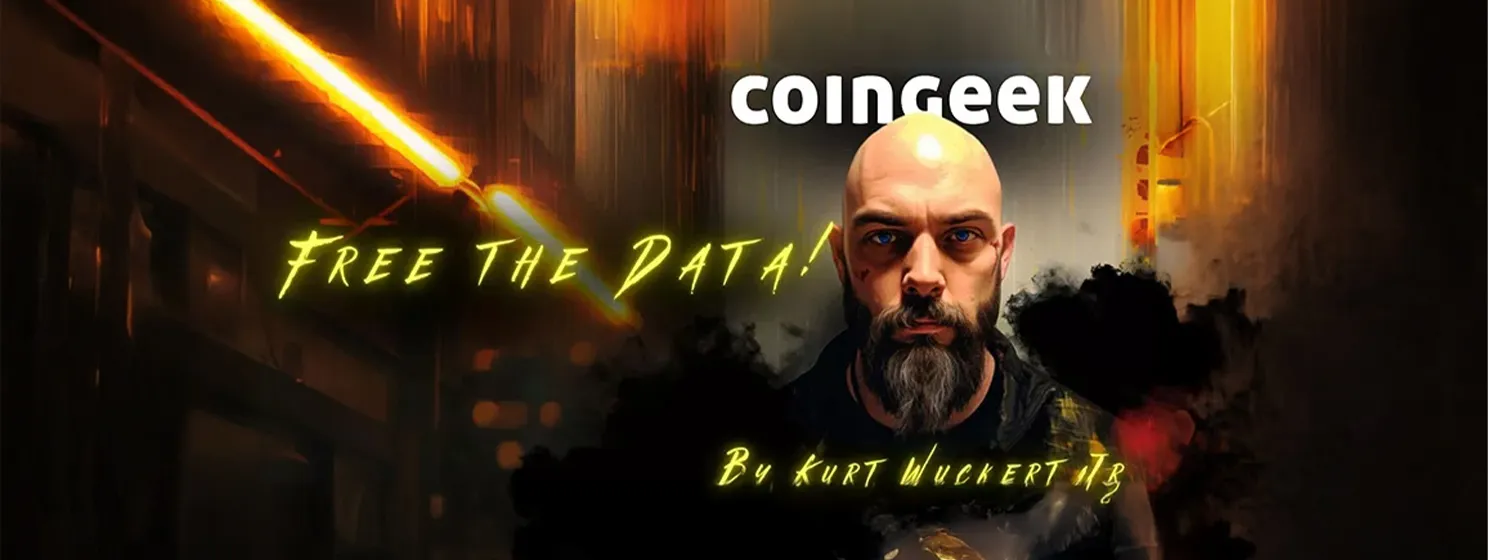|
Getting your Trinity Audio player ready...
|
Rethinking a more open Internet in Bitcoin
Do you hate X (or Twitter), Facebook, Instagram, or any of the other social networks? Many of us do, but we stay on these platforms because modern economics often live or die by social engagement, and modern personal relationships also have a lot to do with it. We’ve all heard someone say, “I’d delete my account, but I need grandma to see my pictures there…” Or in my case, I write and podcast, and therefore, I need to stay on public social networks in order to market my content to my audience. Well, what if you could leave Zuck’s panopticon without ruining grandma’s twilight years? If he has his way, you will live your entire life inside of the Meta™ (NASDAQ: META) brand metaverse, where everything you love is ultimately controlled by him, but social networks can be (and should be) built entirely on open protocols!

It’s funny because open social protocols are not a new concept. Before Jack Dorsey
reinvented himself as a poorly groomed, altruist billionaire, Twitter was designed as an open protocol where anyone could spin up a client, and the data was free and open to use. Of course, this harmed Twitter’s profitability and stock value relative to data harvesting plantations like Facebook, but it was a novel concept based on a desire to empower free speech.
But that all changed as social tech was found lacking for a profitable business model, and then a few Silicon Valley lizards discovered the value of human trafficking—oops, I mean data brokering! These social media CEOs were able to build some of the greatest wealth (and power) in the history of the world by selling the aggregate data of their users and keeping them giving it away for free by putting a digital gate around the concept of modern community. Oh, and the way Twitter was able to claw back ownership of data that seemed free was because the database was centralized—not open and distributed.
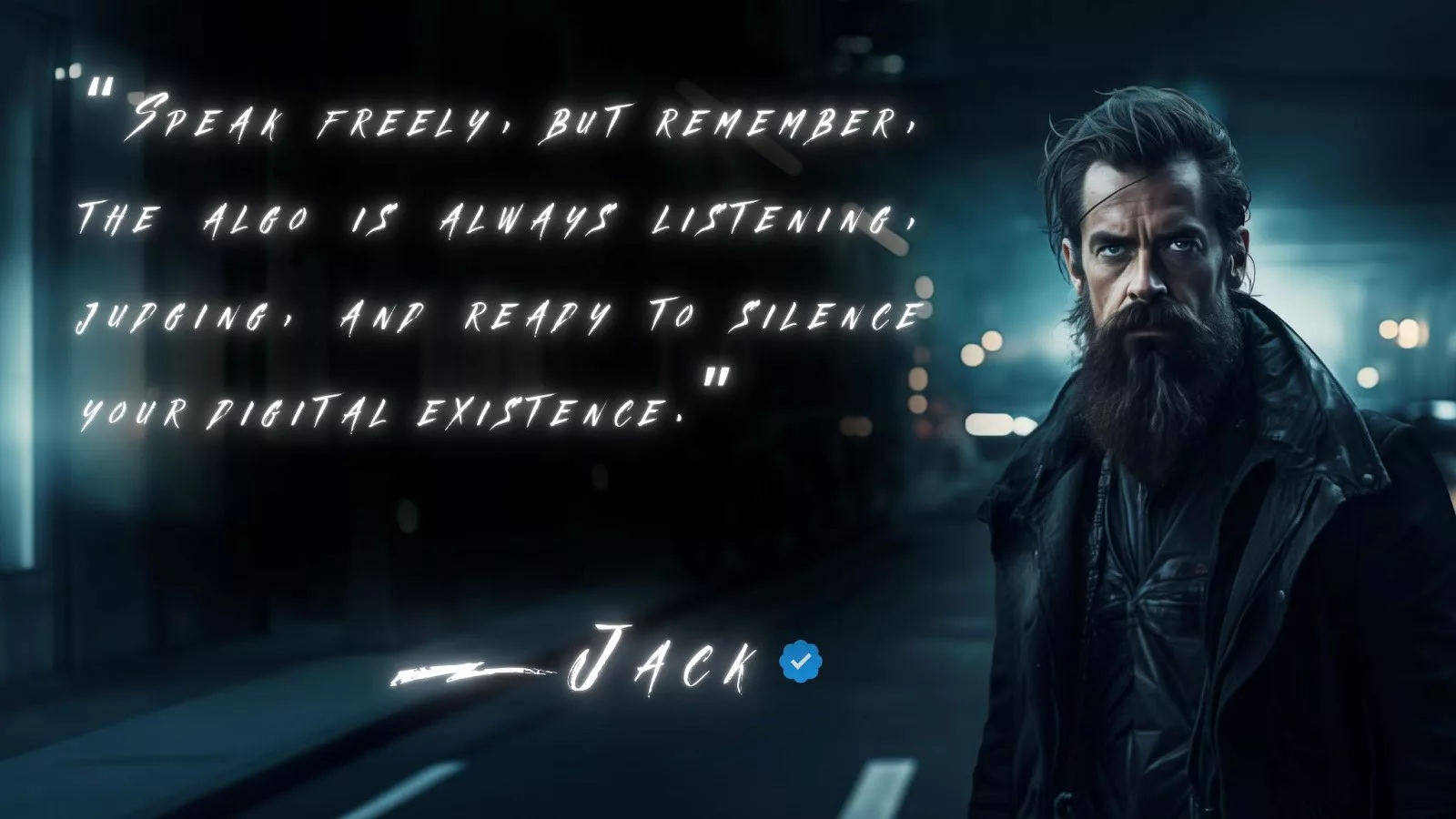
Enter Bitcoin
The journey of Bitcoin, from its inception as a digital currency to a foundational technology for a new internet era, is nothing short of revolutionary. However, it isn’t really being used much as a currency or as a foundational technology for anything except speculation. This is tragic because Bitcoin’s near-perfect use of a distributed, public ledger and cryptographic keys allows the creation of a completely secure and monetized overlay network that can solve the problems of Web 2.0 data integrity, identity, and ownership. Basically, we can fix the centralized internet!
Metanet, a Bitcoin brainchild that’s far more than a mere appendage to Bitcoin’s capabilities, but knitted seamlessly by schemas that start with transactions that deploy scripts that speak to indexers and populate overlay networks that communicate to every level of Bitcoin. This isn’t just another layer or feature; it’s a transformative leap using Bitcoin like the skeleton of a 4D computer network—and it is an actual “layer 2” in the same sense that the internet is built in layers. Metanet is our ticket to a universe where data ownership isn’t a pipe dream but an everyday reality and where the idea of ‘fungible computation’ isn’t confined to tech jargon but is a practical, tangible tool for making data and community more private and freer.
But how?
The current wave of decentralized applications has missed the mark, trapped by limited visions, walled gardens, and uninformed infrastructure. But with Bitcoin’s open data protocols, fueled by Bitcoin and served by JungleBus, we’re starting to see this change.
JungleBus: With big data, nodes consolidate into server farms, just like Satoshi predicted.

But if businesses aren’t running “full nodes,” how do they get access to their data on the blockchain? JungleBus is a highly secure, highly reliable “bus” directly to Bitcoin data, and it’s available with a simple API. Users can subscribe to only the data they need and nothing they don’t, so they can run an extremely light server-side client for their Bitcoin-based business needs.
So, with JungleBus, we have “big data” and light client service on Bitcoin figured out. What else do we need to bootstrap a new internet?
Schemas. Bitcoin Schemas.
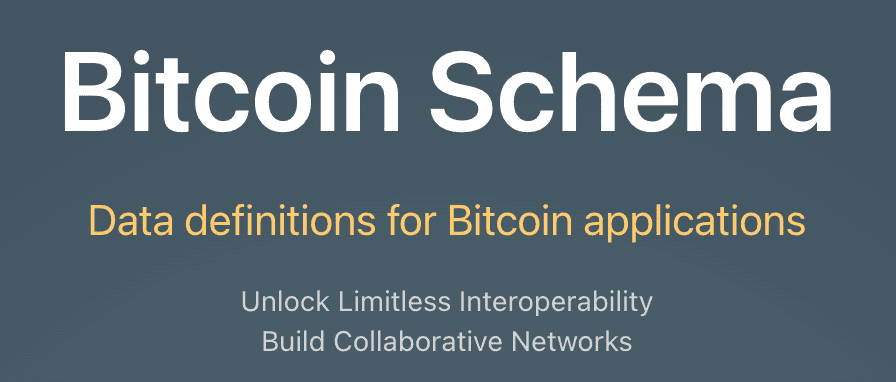
This is a sort of umbrella term for standardized logic for publishing anything to Bitcoin in the same way that HTML is a standard logic for publishing a site to the web.
According to BitcoinSchema.org, “Bitcoin makes it possible to design communication systems in new ways that solve some of the biggest problems we currently encounter such as censorship, lack of data integrity, and poor incentive design. We can eliminate central control over the universe of content by continuing to respect the private ownership of individual platforms. We can deliver true ownership of data to the individuals contributing to these networks instead of the companies operating as central databases for both user authentication and the content itself.”
So, what are some Schemas and Protocols?
B://
Thank you, Unwriter!…wherever you are. Simply, B is just a standard that allows a tool like JungleBus to filter for data so the node can serve it to your indexer through a JungleBus subscription by embedding any file type in a 0-satoshi output so it remains unspendable and, therefore, permanent and public on the ledger.
According to Unwriter’s Github account:

1Sat Ordinals
According to David Case, an instrumental maintainer of the 1Sat Ordinal protocol, “1Sat Ordinals are pretty much the same as B, but inscribed on a token which can be transferred, bought/sold, and even updated.”
Essentially, they are objects of data on the ledger that have a “sat” value to make a spendable token.
Magic Attribute Protocol (MAP)

Imagine a world where apps interlink seamlessly on a shared public ledger, enabling the flexibility and resilience we’ve only dreamed about.
MAP accomplishes this with a really simple “Bitcoin OP_RETURN protocol for associating key -> value pairs. Keys are like field names in a database, and the ‘value’ is the data being inserted / deleted / updated.” Source: MAP.SV
Use B as the data standard and write in compliance with the MAP schema, and you have “BMAP.”
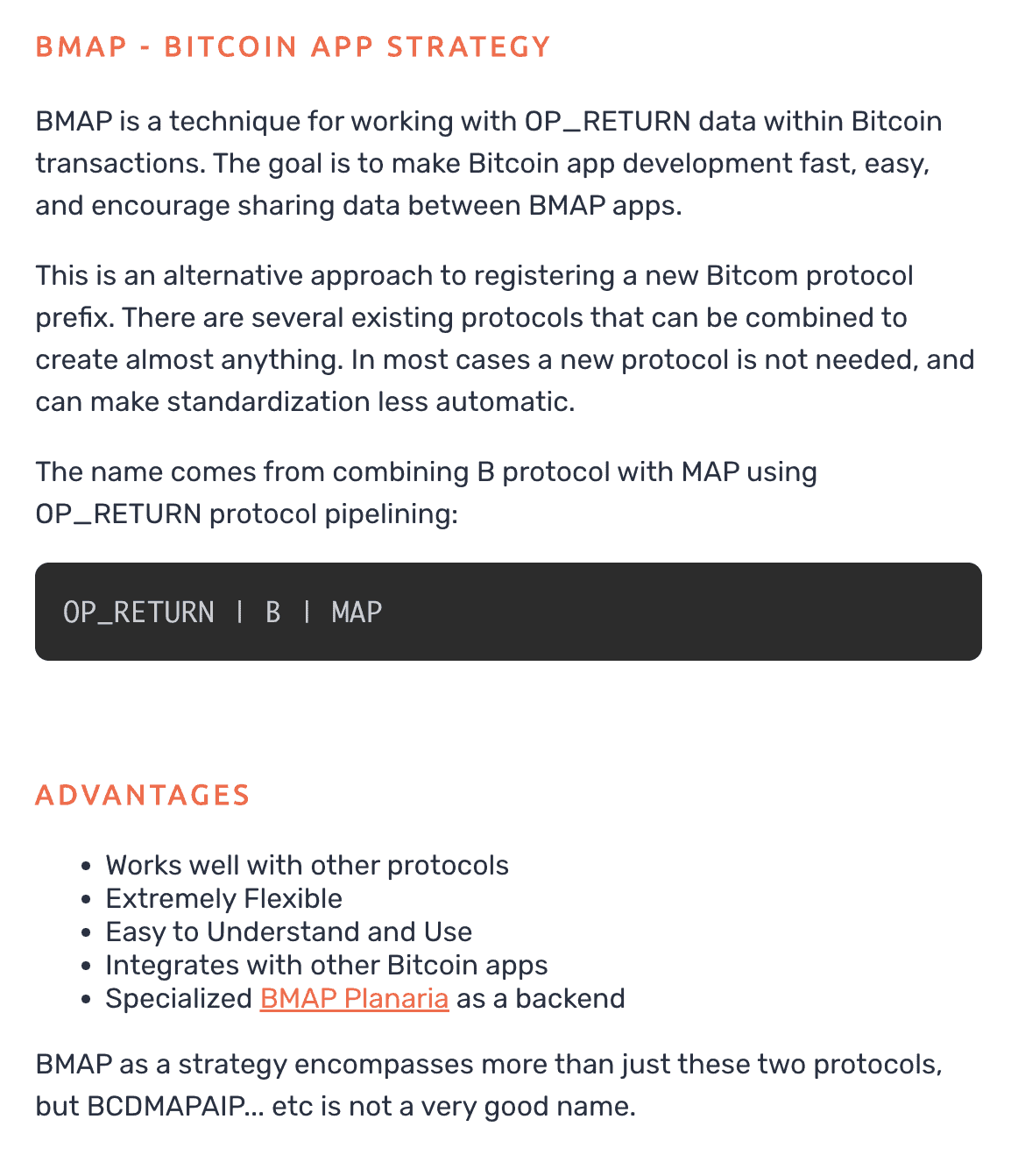
Ok, so we have covered the server system, the protocols for storing and searching for data, and also the data structure that allows them to be displayed. What about things like identity, ownership, and attestation?
Well, yes, those exist too.
There is “Bitcoin Attestation Protocol (BAP),” “Author Identity Protocol (AIP),” and “Sigma,” which record cryptographic signatures to on-chain entities. There are some differences in how they are applied, but they are all signature schemas for attesting to identity on chain in an open fashion.
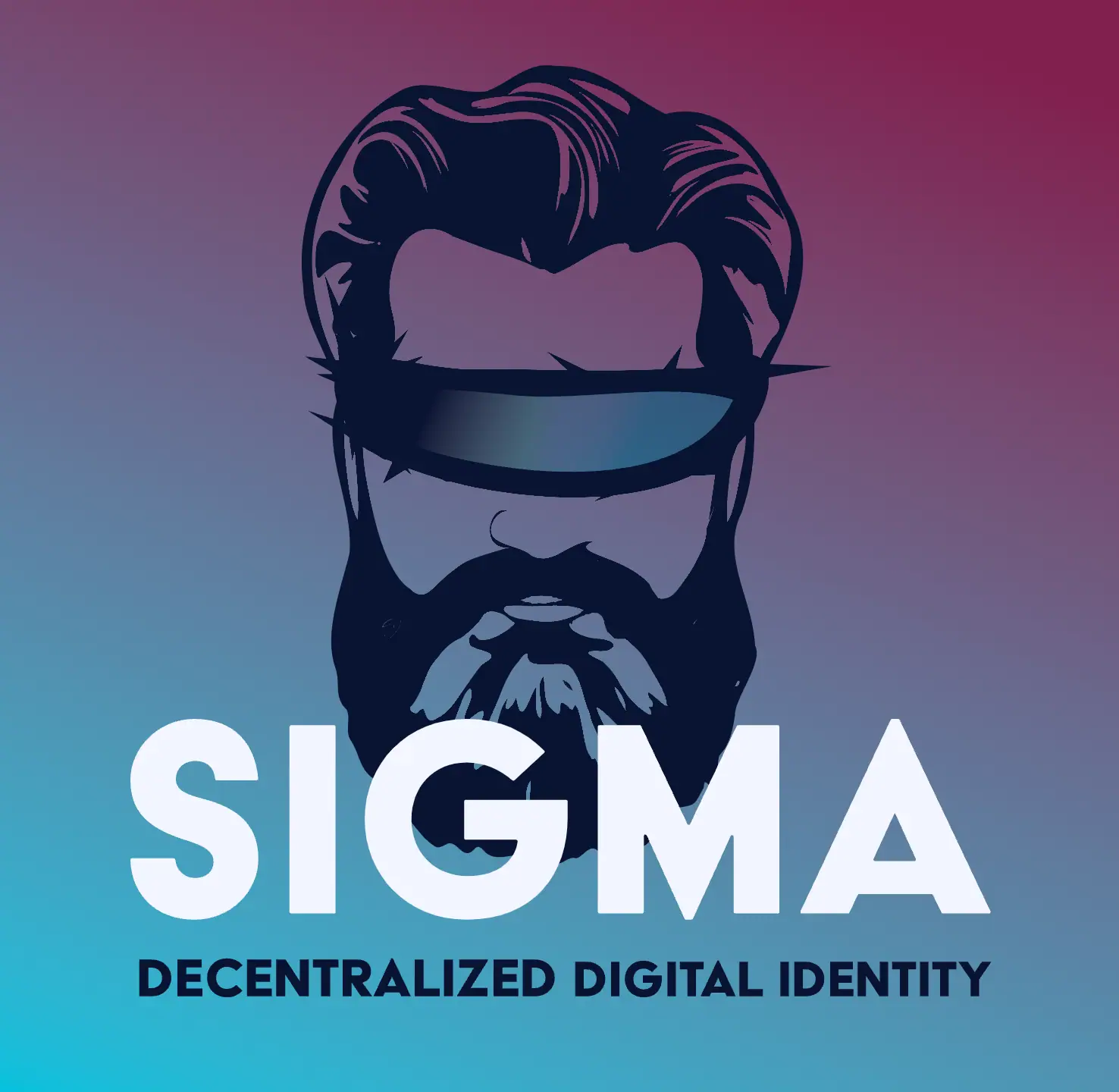
According to the Sigma Gitbook:
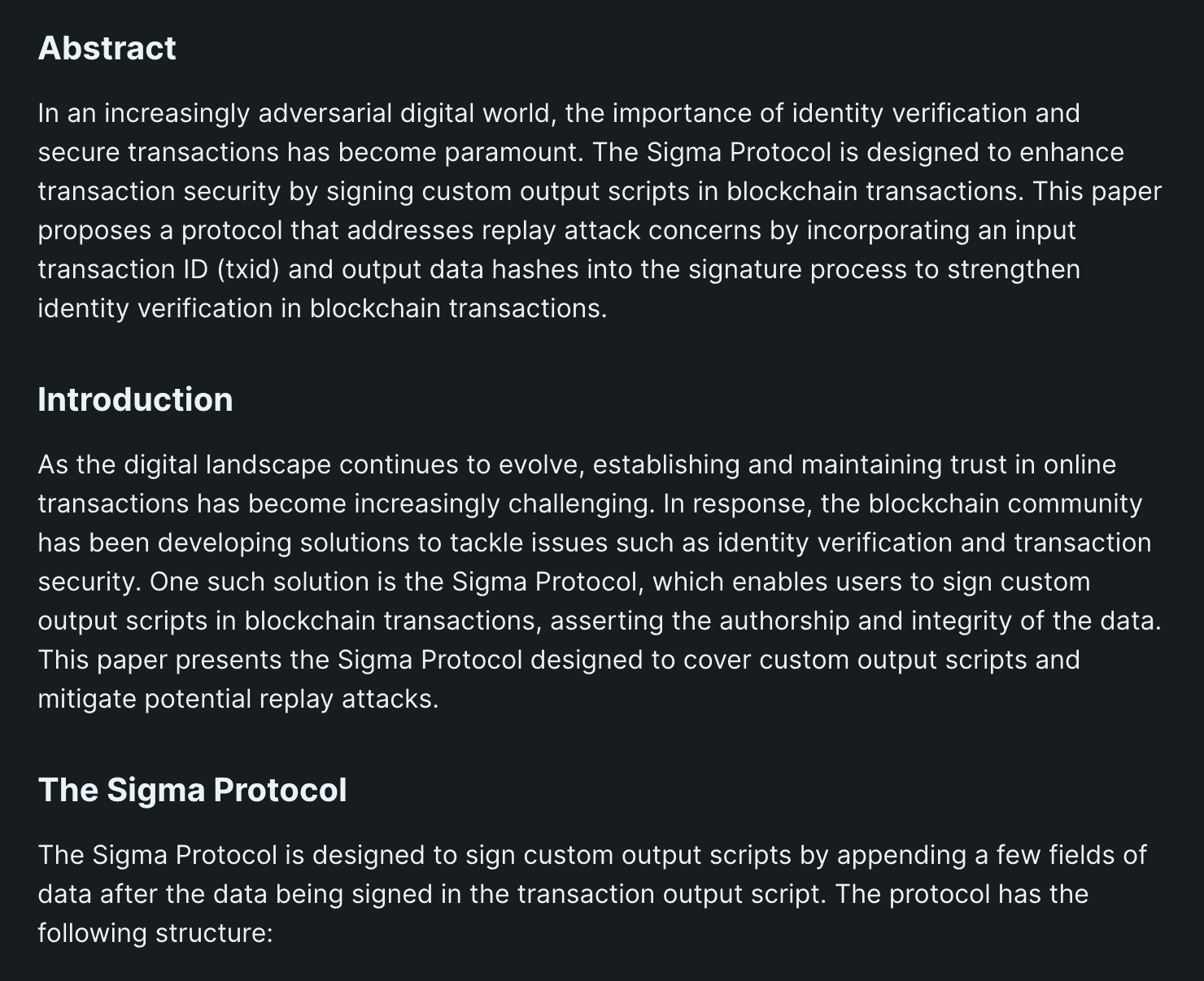
So how does this help me stop giving my data to Zuck while also keeping my grandma satisfied with pictures of the kiddos?!
Social media and beyond: The decentralized dream
With Bitcoin’s decentralized framework, new platforms can emerge overnight. Interconnected and sharing data on a blockchain, they are breaking the chains of data silos with things like Hodlocker, Retrofeed, BitChat Nitro, and (to some degree) Twetch—where people are using open schemas, protocols, and Bitcoin to create interoperable interactions on the blockchain.

This new open ecosystem means you can hop from one platform to another without losing your digital identity or content. Anyone can spin up a free or paid client portal and offer special filtering, user experience, or content. It’s about reclaiming control and choice, and we have the tools to do it today! Your data, logins, assets, and identity are all on the public network, so anyone can make a client, so you aren’t stuck anywhere!
Miners as the New-Age ISPs
In this evolving landscape, miners morph into something akin to the ISPs of tomorrow. They’re not just processing transactions; they’re archiving, serving, and making blockchain data a valuable commodity by keeping it public, distributed, and available with or without encryption depending on the user’s needs and providing overlay network service and attestation of data with proof of work instead of by some terms of service agreement on a private server.
Instead of relying on Amazon Web Service, X’s database, and hoping Elon Musk decides to continue to push free speech, we can practically guarantee it if we can just get it all adopted. The nodes of the BSV blockchain are ready to go!
In conclusion, you will own everything, and you will be happy. In fact, one of the major designers of everything mentioned in this article wrote a piece from his perspective earlier this year as a lot of this was still in its infancy, and I’d encourage you to give his vision a read too!

We can take the power back by using Bitcoin for all of our social and economic interactions. Help us build!
Watch: Unleashing data rebellion: How Web3 is reshaping the Internet

 07-06-2025
07-06-2025 
